Palmetto Bluff Real Estate Company Sales Office
Office Hours
Monday-Friday 9am - 5pm
Saturday 9am - 4pm
Sunday 12 - 4pm
Saturday 9am - 4pm
Sunday 12 - 4pm
Throughout May and June, my eyes were not to the sky as my wife and I were busy welcoming our own little songbird into the world. Thankfully, we had residents and researchers who observed the busy bird life around Palmetto Bluff during the early summer months.
The global big day is an international citizen science event run through the Cornell Lab of Ornithology that occurs in May, at the peak of spring migration. This year’s count was on May 14th, and it rewarded us with yellow-billed cuckoos, great horned owls, a bobolink, and the first hairy woodpecker documented at the Bluff in roughly ten years!
May was also the initiation of a new collaboration between the Conservancy and the Avian Research and Conservation Institute. This long-term study is looking at bird communities at Palmetto Bluff and will eventually expand to include bat and insect communities. If you are interested in learning more about this program, you can reach out to Lydia Moore at lmoore@pbconservancy.org for more details.
With only two months under our belt, there have already been some fantastic sightings during the surveys! Hooded warblers, orchard orioles, and yellow-breasted chats had not been documented at the Bluff since the old bird surveys conducted in the 2000s. A broad-winged hawk was observed, which is a migratory species that had not been seen at Palmetto Bluff in 11 years. Other species of note included indigo buntings, ovenbirds, loggerhead shrikes, Mississippi kites, and a least bittern.
Outside of research and citizen science, we were happy to hear about some of the other sightings throughout the Bluff. Roseate spoonbills returned in June after disappearing back in February. Spoonbills are becoming more of a year-round presence in South Carolina. Originally, the range for spoonbills was restricted to Florida and they have slowly been expanding northward. Fifteen years ago, a single spoonbill seen in South Carolina would have put every birder into a frenzy, now it is more of a normalcy. Black-bellied whistling-ducks are spending time along the Inland Waterway and making occasional visits to the ponds in May River Forest. What made me ecstatic these past few months was hearing that a leucistic bluebird was sighted again at the Bluff! This time, the white bird was seen at Longfield Stables, flying around the paddocks. I have no clue if this individual is “Blanca,” the leucistic juvenile seen in 2021, or a third individual calling Palmetto Bluff home. Regardless, I am glad to see them still around!

The breeding season is still going strong, but it will begin to dwindle soon. Juvenile cardinals can be seen bouncing around the woods. They have drab, brown plumage and gray beaks compared to the iconic orange beaks of the adults. Some bluebirds will be laying their last clutch of eggs as we approach the hottest part of the year. Last year, the Conservancy bluebird nest boxes seemed to have a lower hatch rate during the latter part of the breeding season, so I am curious if we will see a similar trend this year. This breeding season, the Conservancy launched a study looking at whether temperature affects hatching success in bluebird nest boxes. We are excited to see the outcome of this year’s dataset, but this project will provide better answers once we have multiple years of temperature data.


With July being the tail end of the breeding season, individuals finished with raising young will shift their focus to bulking up for the fall migration. While the official start of the migration is not until September, some species begin flying south as early as August (and even July)! Louisiana waterthrushes are one species that begin heading south in the middle of summer and are almost finished migrating by the time of the official fall migration. Louisiana waterthrushes, and northern waterthrushes have yet to be documented at Palmetto Bluff, so hopefully this year will be the year that we can add them to the list!
Have you seen a bird that looks familiar, but its plumage or coloration is a little off? It could be a juvenile! if you see or photograph something you wish to share, you can submit your sightings to Aaron Palmieri at apalmieri@pbconservancy.org and they may appear in next month’s update!
May & June’s Unique Sightings:
Roseate Spoonbill (Moreland Ponds)
Cooper’s Hawk (May River Forest, Camp 8 Neighborhood, River Road Neighborhood)
Yellow-crowned Night Heron (May River)
Barred Owl (South Wilson)
Black-bellied Whistling-Duck (River Road Neighborhood, May River Forest, monthly bird surveys)
Leucistic Bluebird (Longfield Stables)
Cattle Egret (May River Forest)
Bonaparte’s Gull (bird surveys)
Least Bittern (bird surveys)
Swallow-tailed Kite (bird surveys)
Mississippi Kite (bird surveys)
Hairy Woodpecker (bird surveys)
Yellow-breasted Chat (bird surveys)
Bobolink (bird surveys)
Orchard Oriole (bird surveys)
Hooded Warbler (bird surveys)
Bruce Becker, Gina & Alan Kent, Mariah Hryniewich, Carol Ann & Greg Wilson, Karen Meyer, Bob Dale, Sharon Pepe, Annie Kosh, Ronald Sutherland

Warm, fragrant, and deeply comforting, Chef Beth’s Southern Sausage & Sage Stuffing is a holiday classic that brings together rich pork sausage, fresh herbs, and toasted bread for the ultimate savory side dish. Studded with green apples and aromatic vegeta...
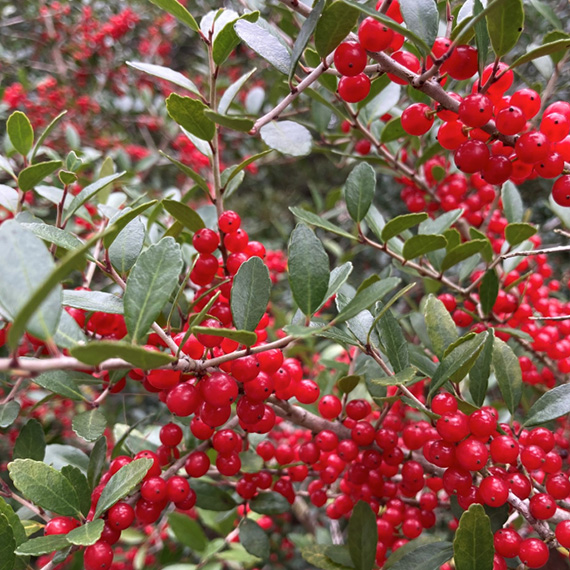
As December settles over Palmetto Bluff, it brings softer light, cooler mornings, and the natural beauty of native evergreens and winter berries that define the Lowcountry landscape. Palmetto Bluff Conservancy’s Education and Outreach Manager, Aaron Palmier...
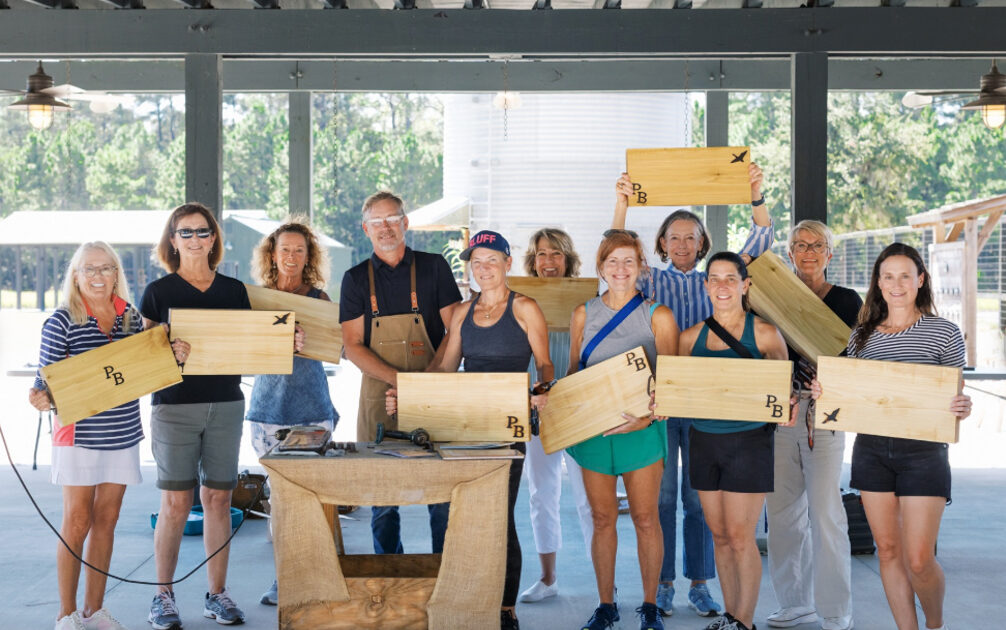
In 2025, Palmetto Bluff welcomed new neighbors and old friends, groundbreakings, and long-awaited openings. From inspired Club gatherings and elevated programming to the creation of our latest golf course, the year was defined by connection and excitement for ...
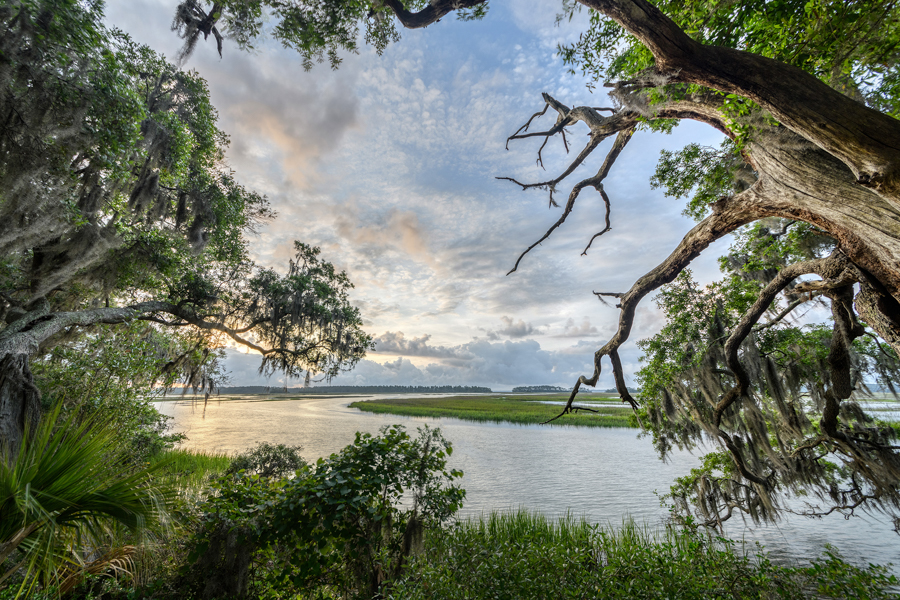
There is something serene about waking up to shimmering water, the stillness of the woods, or the sweep of marsh and sky right outside your window. Even without stepping outside, science shows that simply seeing nature from home can meaningfully improve mental...
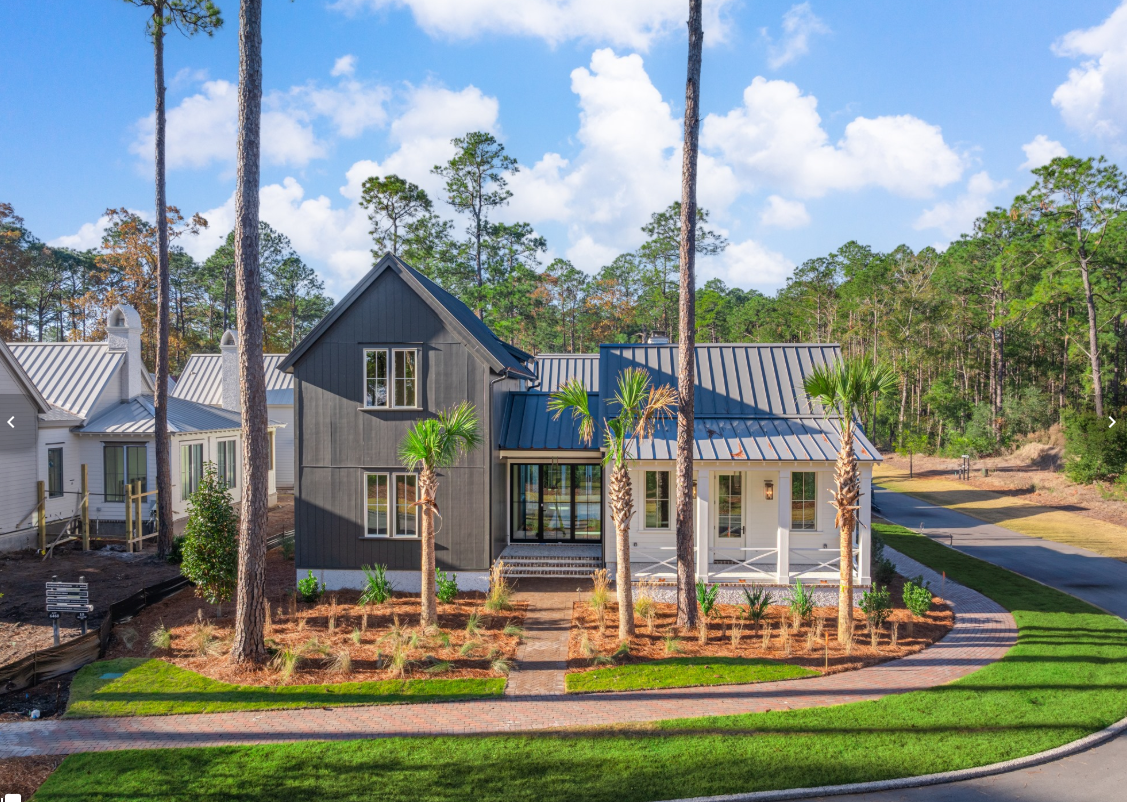
The Ultimate Choice: Building vs Buying a Home in Palmetto Bluff For those searching for Palmetto Bluff homes for sale, this common question often arises: Should you choose an existing residence, or embrace the opportunity to build your own? While a complet...
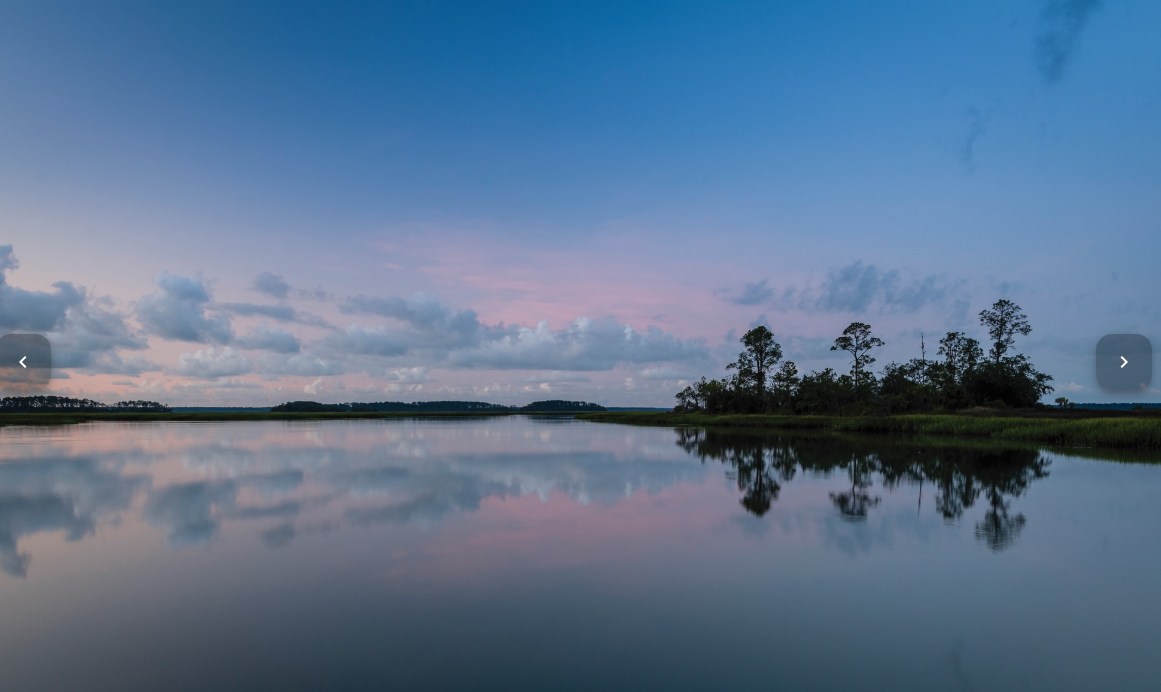
A Complete Guide to South Carolina Winter at Palmetto Bluff South Carolina's winter is unlike any other on the East Coast. While many travelers search for “South Carolina winter” expecting cooler temperatures and limited outdoor options, the Lowcountry revea...
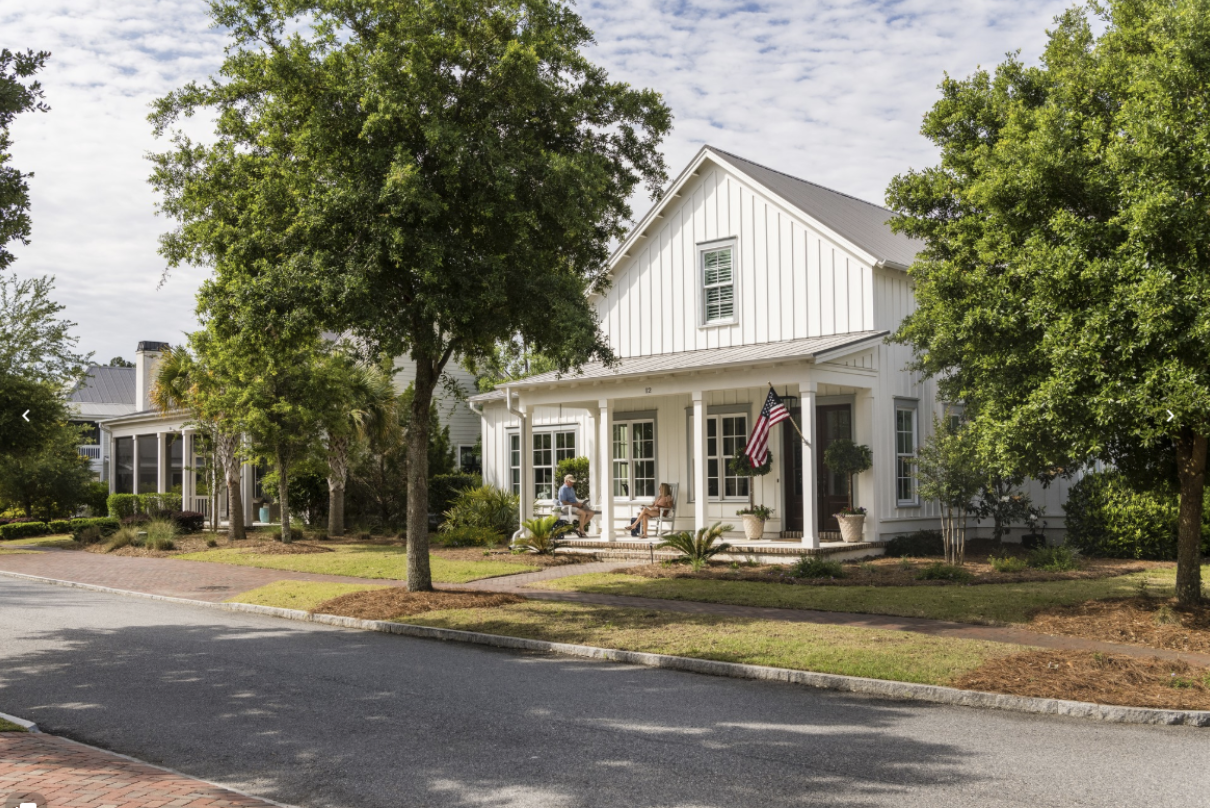
River Road: Where Lowcountry Beauty Meets Elevated Everyday Living Tucked gracefully between Wilson Village and Moreland Village, River Road is one of Palmetto Bluff’s most immersive communities. It's where the pace of life seems to soften, classic Southern ...

Sunday, December 14 | 9am to 1pmVillage GreenThe season’s most festive farmers market, the Holiday Farmers Market, comes to Wilson Village on Sunday, December 14, from 9am to 1pm. All are welcome to visit and experience the magic of holidays at the Bluff. The ...

Tucked amid whispering pines and overlooking a tranquil water trail, 11 Lyonia Street is where Lowcountry charm meets modern artistry. The newly built residence redefines Southern living with a balance of craftsmanship and calm. This is a home that feels both ...
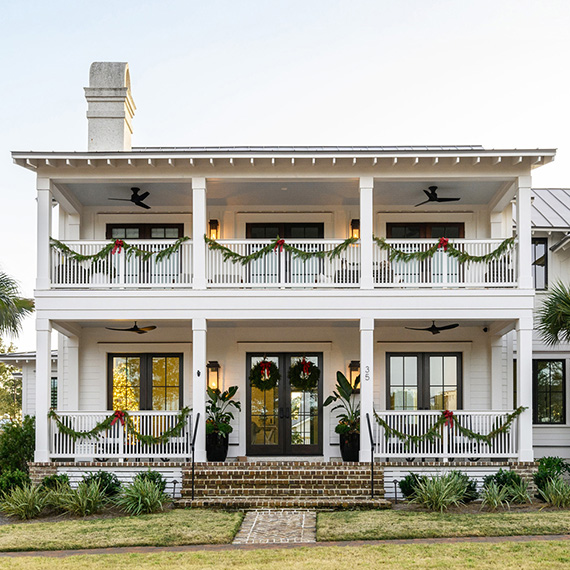
The holiday season in the Lowcountry brings crisp air, oaks draped in twinkling lights, and laughter drifting from homes where families and friends gather once again. At Palmetto Bluff, the holidays are more than just a season; they’re a feeling of togethernes...
Learn about the Palmetto Bluff Conservancy and how we keep the vision of our land in place.
On land or water, there is an ever-evolving variety of activities.
We do not attempt to independently verify the currency, completeness, accuracy or authenticity of the data contained herein. All area measurements and calculations are approximate and should be independently verified. Data may be subject to transcription and transmission errors. Accordingly, the data is provided on an “as is” “as available” basis only and may not reflect all real estate activity in the market”. © [2023] REsides, Inc. All rights reserved. Certain information contained herein is derived from information, which is the licensed property of, and copyrighted by, REsides, Inc.